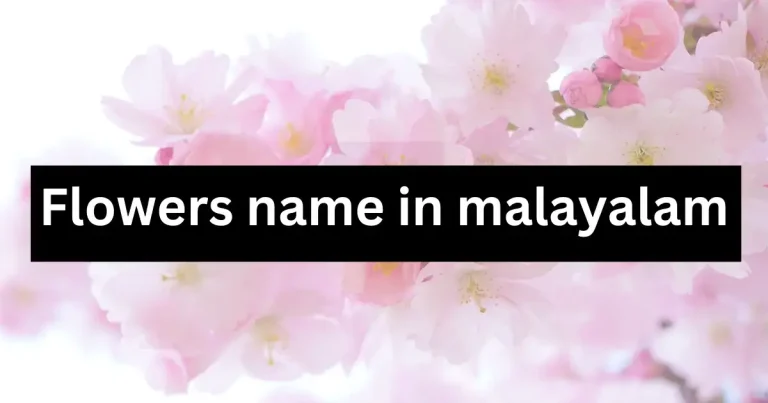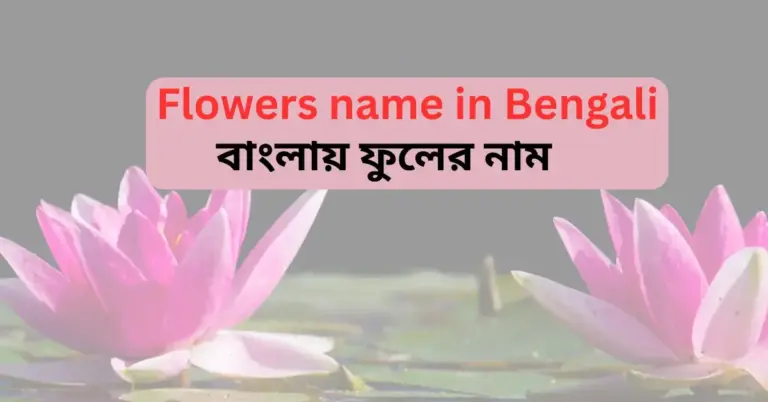Beautiful Flowers that start with H
Gardens, cottage gardens, and wildflowers gardens can add beauty to nature. It enhances happiness and lifts up the mood. If you are planning to build a garden you can get information about the 10 most popular and beautiful flowers that start with H with the details of their flowering maintenance ornamental values and toxicity. Enjoy reading about the beautiful flowers!
List of Flowers that start with Letter H
Here is the list and details of the 10 most beautiful flowers that start with the letter “H”. You can also read about flowers that start with F.
Hellebore
- Type: perennials
- Botanical name: Helleborus
- Phonetic Spelling: hel-eh-BORE-us
- Blooming period: From March to May
- Common name(s): Christmas Roses, Hellebores, Lenten Roses, Winter Roses
- Native area: Europe, Morroco, and Asia
This is the first flowers that start with h. The hellebore plant has cupped-shaped blooms. The plant is attractive even when it is not bloomed. They have sepals that look attractive even after the flowers stopped blooming. The leaves are leathery and dark green. The blooms are found in different colours like pink, green, purple, and white.
They require minimal care. They need full to partial sunshade. They need well-draining soil that must be moist. The plant is drought tolerant but regular watering is essential during the blooming period. The plant is the best choice for gardens and landscapes.
Note; all parts of the hellebores contain protoanemonin. Which causes irritation if ingested.
Heliotrope
- Type: Perennial, shrubs
- Botanical name: Heliotropium
- Phonetic Spelling: hee-lee-oh-TROH-pee-um
- Blooming period: seasonal (spring, summer, or fall)
- Common name(s): cherry pie flower, heliotrope, garden heliotrope, monkey tail
- Native Area: Bolivia, Columbia, peru
Heliotropium has unique blooms. The blooms of the plant are tubular shaped and are in rounded cluster form. The blooms of the plant are small and have a delicate scent. The flowers are found in different colours like pink, purple, white, and blue. They grow 1 to 3 feet in height. They attract pollinators like bees, butterflies, and hummingbirds.
They thrive in tropical areas. They prefer full sunlight and well-draining soil. They can tolerate a variety of soils but prefer fertile loamy soil. Watering the plant regularly is beneficial for the plant. Heliotropes are popular among gardeners for their beautiful scent.
Note: all parts of the plant contain alkaloids. Keep them out of the range of children and pets.
Hydrangea
- Type: Perennials, shrubs
- Botanical name: Hydrangea
- Phonetic Spelling: hy-DRAN-jee-ah
- Blooming period: From May to July
- Common name(s): French hydrangea, Mountain hydrangea, Oak-leaf-hydrangea,
- Native Area: Southern United States
Hydrangeas are famous for their flowers. The blooms are usually large and showy blooms. The blooms are rounded flower clusters. The flowers are found in various colours like pink, blue, white, and green. The plant has big, glossy, and dark green leaves. The plant hydrangeas grow from 3 to 6 feet in height. The plant has the unique feature of changing the colour of the flowers. By altering the pH of the soil they change the colour, acidic soil produces blue colour flowers while alkaline soil produces pink flowers.
Hydrangeas grow in partial sunshade. They prefer well-draining, moist, fertile soil which should be slightly acidic to neutral. Hydrangeas need regular watering. The plant is the best choice for garden and for bedding and edging the gardens.
Helenium
- Type: perennials
- Botanical name: HELENIUM
- Phonetic spelling: hel-EN-ee-um
- Blooming period: From spring to fall
- Common name(s): sneezeweed
- Native Area: North and Central America
The fourth flower that starts with the letter H is Helenium. Heleniums are daisy-like plants. They are also known as sneezeweed. They have a central disc around which petals are available. They are found in the form of clusters. They have ray florets. The blooms are found in yellow, orange, red, and bi-colours. They grow in 2 to 5 feet in height. The leaves are lance-shaped.
They thrive in full sunlight. They need well-draining soil which should be fertile. Keeping the soil consistently moist is important for the growth of the plant. The plant adds a splash of colour to the garden. This plant is the best choice for late-season gardens.
Heather
- Type: perennials
- Botanical name: calluna vulgaris
- Phonetic Spelling: kal-LOO-nah vul-GAIR-iss
- Blooming period: from July to September
- Common name(s): scotch heather, Scottish Heather
- Native Area: Northern North America, Northern Eurasia
The fifth plant that starts with H is Heather. The blooms are dense and in the form of clusters. They are usually small and bell-shaped. They are found in red, pink, and purple colours. The leaves are small in size and in green colour.
They are relatively low-maintenance plants and thrive in full sunlight. Regular watering is crucial for the growth of the plant. They prefer well-draining and acidic soil. Once this plant is established it needs minimal care. The elegance and beauty of the blooms can bring charm to your gardens.
Hollyhock
- Type: perennials
- Botanical name: Alcea Rosea
- Phonetic spelling: al-SEE-ah RO-see-ah
- Blooming period: From June to August
- Common name(s): Hollyhock
- Native Area: Southwestern China
They have 2 years of the life cycle. In the first year, they produce large rounded leaves. In the second year, they produce blooming clusters reaching in height 5 to 8 feet. They come in various colors yellow, pink, purple, red, and white.
Hollyhocks prefer full sunlight. They prefer well-draining soil which should be slightly alkaline to neutral pH. They prefer regular watering during dry seasons. Hollyhocks add a touch of beauty and charm to any garden and landscape.
Hibiscus
- Type: perennials
- Botanical name: abelmoschus manihot
- Phonetic spelling: a-bel-MOS-kus MAN-ee-hoat
- Blooming period: from July to frost
- Common name(s): hibiscus, hibiscus manihot, tropical jewel hibiscus
- Native Area: Southeastern Asia
The blooms of the plants have a distinctive feature. They have trumpet-shaped blooms. They produce single flowers. Every bloom has five petals. They have multi-layered showy blooms. The blooms are found in different colours like red, pink, orange, yellow, and white.
They prefer well-drained moist soil and full sunlight. This plant is a very low-maintenance plant. They can thrive in different soil conditions. Hibiscus is popular among gardeners. It adds the charm of different colours to your gardens and landscapes.
Hosta
- Type: perennials
- Botanical name: hosta
- Phonetic spelling: HOS-tah
- Blooming period: From July to August
- Common name(s): Hosta, plantain lily
- Native Area: Japan and China
Hostas are popular for their distinctive foliage. They come in various sizes shapes and colors. They are oval-shaped or heart-shaped. They are available in green and yellow colours. The leaves are mostly trumpet-shaped and are found in purple, lavender, and pink colours.
They thrive in partial sunlight. They require well-draining soil which should be slightly acidic to neutral pH. They need moisture to grow well. Removing dead ends and dead leaves helps in the better growth of the plant. Low maintenance of the plant makes it popular among gardeners.
Hyacinth
- Type: perennials
- Botanical name: hyacinthus orientalis
- Phonetic Spelling: hy-ah-SIN-thus or-ee-en-TAH-liss
- Blooming period: April
- Common name(s): common hyacinth, dutch hyacinth, garden hyacinth, hyacinths
- Native Area: Eurasia, Turkey, Syria, Lebanon
Hyacinths are famous for their beautiful blooms and their sweet scent. Hyacinth blooms are found in a variety of colours like white, pink, purple, blue, and yellow. The blooms of the plant are bulbous.
They thrive in full to partial sunlight. They can tolerate a variety of soils but prefer slightly acidic to neutral pH soil. Regular watering is crucial for the plant. It’s the best choice for gardens, woodland gardens, and landscapes. The delightful scent of the bloom fills the air with freshness.
Note: hyacinths are toxic to humans. Be careful while handling the plant.
Honeysuckle
- Type: perennials
- Botanical name: Lonicera sempervirens
- Phonetic Spelling: loh-NISS-er-ah sem-per-VY-renz
- Blooming period: from May to June
- Common name(s): honeysuckle, trumpet honeysuckle, woodbine
- Native area: United States
Honeysuckle is the last beautiful plant in the list of flowers starting with H. The blooms of the plant grow in the form of clusters. The blooms are trumpet-shaped. The blooms are found in different colours like pink, red, orange, and purple. The leaves are found in greyish green and bluish green colour. The blooms have an attractive scent that attracts pollinators.
They prefer full sunlight. They require fertile soil that should be well-draining. They are the best choice for gardens and indoor containers as they have a sweet scent.
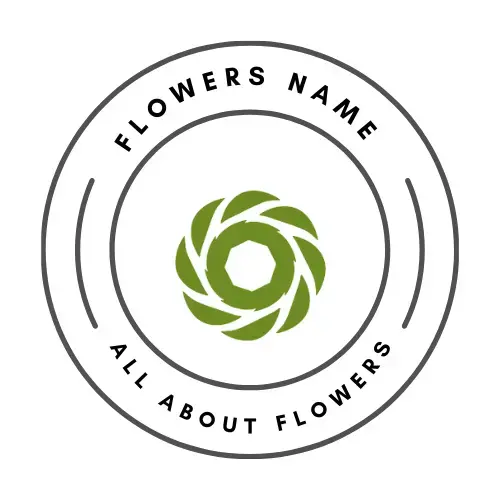
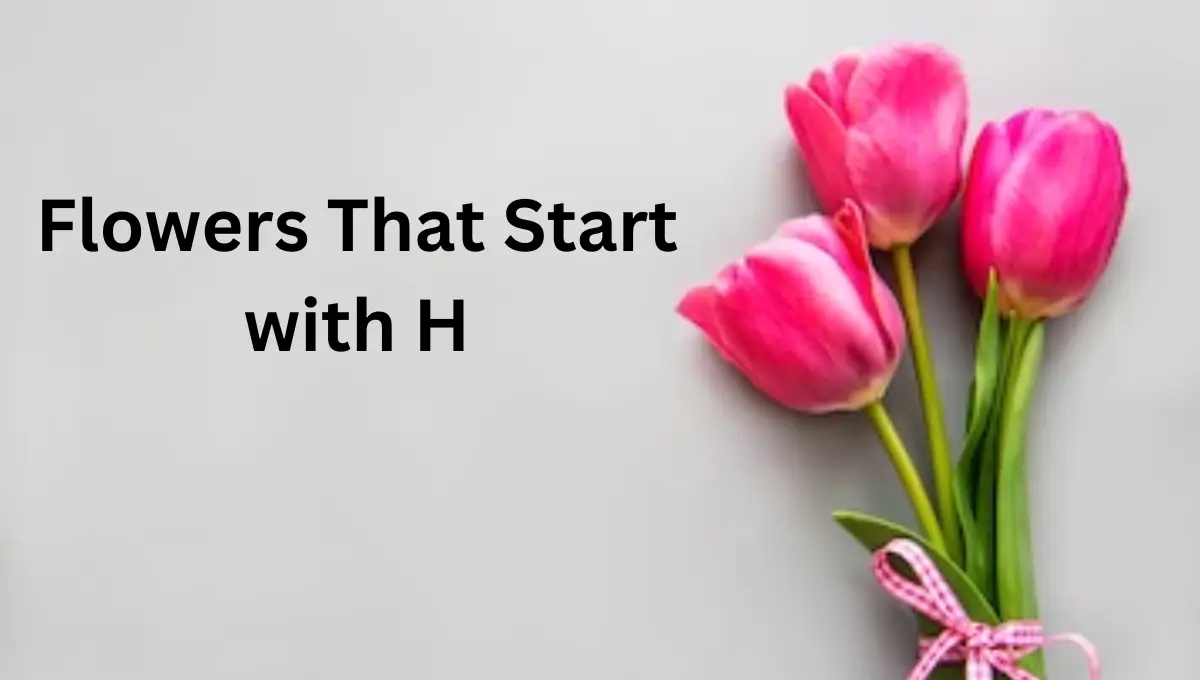
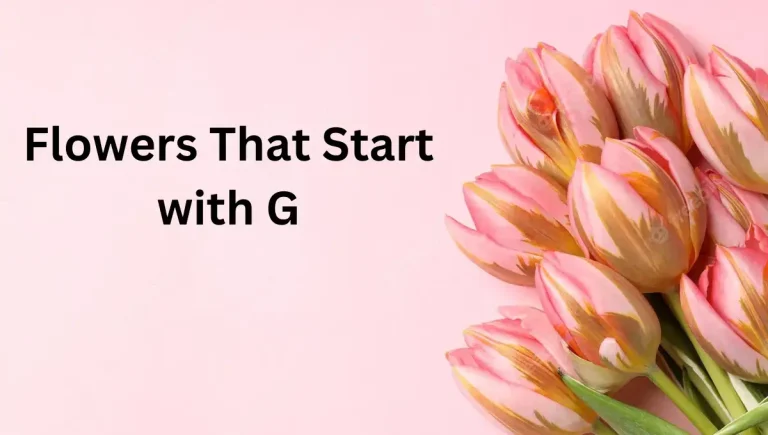
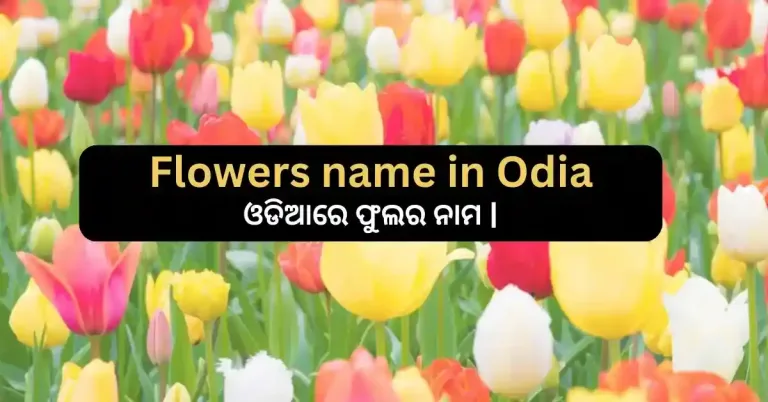
![Flowers name in Arabic and English with Images [40+]](https://www.flowersname.net/wp-content/uploads/2023/07/Flowers-name-in-Arabic-768x402.webp)
![Flowers name in Marathi and English with Images [ फुलांचे नाव ]](https://www.flowersname.net/wp-content/uploads/2023/10/Flowers-name-in-Marathi-768x403.webp)
